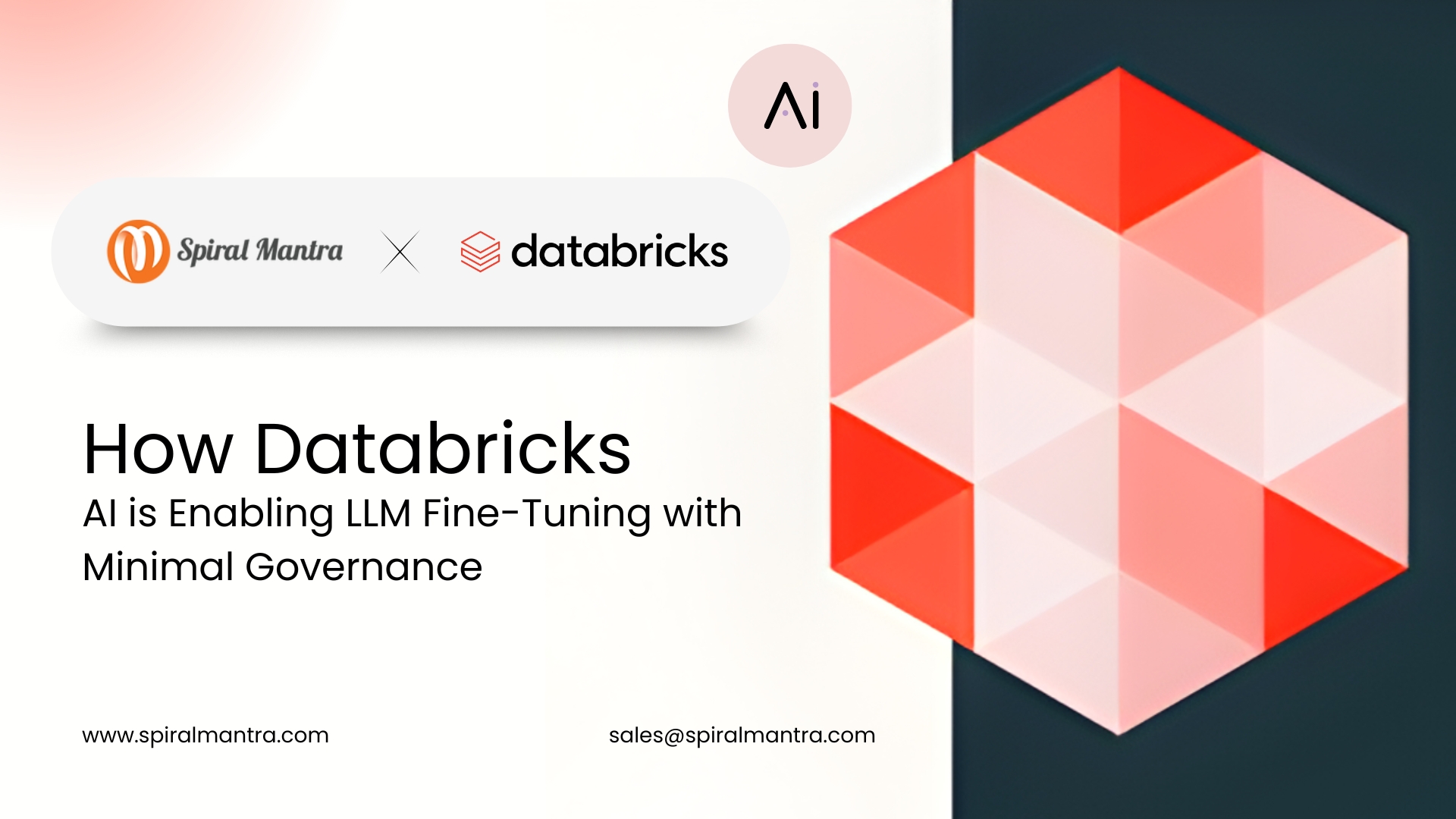Improve Consumer Experience With Predictive Analysis
E-commerce is a vital component of the global economy in the current digital era, transforming both consumer and business shopping habits. It is more important than ever to have sophisticated analytics to comprehend customer behavior and forecast industry trends, given the rapid expansion of online retail platforms. The future of e-commerce analytics is examined in this essay, with a particular emphasis on predictive insights and how they affect customer behavior.
In the world of e-commerce,
predictive analytics has become a potent instrument that helps companies anticipate consumer behavior, refine their marketing plans, and react to market changes with unmatched accuracy. E-commerce enterprises may gain a competitive edge and improve consumer experience by utilizing data and sophisticated algorithms.
Augmented Analytics can also be combined with the above to generate the required results. This article explores the various
uses of predictive analytics in the e-commerce industry, including strategy, marketing, and other areas.
Best Practices for Big Data and Predictive Analytics for E-commerce
Pay attention to business objectives:
Outlining corporate goals is the first step in starting the digital intelligence journey. You may choose the technology and service that will best meet your needs by identifying your company goals.
Choose the kind of data that you require:
Determining the kind of data you require is a crucial first step in leveraging data intelligence to your advantage. Businesses often dive headfirst into
big data and analytics, storing, gathering, and analyzing almost any kind of data.
Keep your tactics up to date:
Predictive analytics works best for seeing future patterns and adjusting plans of action accordingly. Even while company strategy establishes the standard for all business choices, there may come a point when a course correction is imperative.
Monitor compliance:
Retailers must prioritize data privacy and compliance due to the delicate nature of data collecting and privacy. This is essential for maintaining company continuity. Neglecting this element may result in legal troubles and a tarnished reputation for your brand.
Locate the appropriate supplier:
Retailers' ability to integrate big data and analytics with the IT infrastructure determines how beneficial these tools are for their operations. Based on specific company needs, this is done.
Utilizing Spiral Mantra to facilitate better business decisions:
Acquiring, managing, and storing client data for precise decision-making is made easy for e-commerce enterprises with Spiral Mantra, which offers a one-stop shop for trend analysis and trend monitoring. With the help of our database and robust data analytics tools, you may gain a better understanding of your consumers directly from your dashboard.
The Role of Predictive Analytics in E-commerce Strategy
Recognizing Price Sensitivity in Customers
Knowing how sensitive customers are to prices in the e-commerce space is essential for maximizing pricing tactics. Businesses may analyze enormous volumes of transactional data to identify price trends and preferences by utilizing predictive analytics. Customer segmentation based on price sensitivity is made easier by predictive analytics.
Businesses may gain a competitive advantage by strategically utilizing predictive analytics in pricing, which allows them to anticipate and respond to client price expectations before they materialize in purchase behavior.
In order to put these techniques into practice, it is important that:
- Examine consumer segmentation data on a regular basis.
- Determine particular clientele
- Adjust pricing tactics as necessary.
- By tying pricing to supply, this strategy not only increases customer happiness but also boosts income.
Behavioral Analysis and Suggestions for Products
The collection and examination of behavioral data is the initial stage towards improving product suggestions. This may contain data like browsing history, which is essential for figuring out each customer's interests and improving the online purchasing experience.
A tried-and-true method to lower basket abandonment and make up lost revenue is to send out tailored emails depending on a customer's activity while on the website.
Users are exposed to a larger portion of the product catalog through dynamic suggestions that are shown at the most consequential periods, which may increase the volume and breadth of sales.
Empirical examples, like Amazon's application of predictive analytics, demonstrate the effectiveness of tailored suggestions in boosting revenue and client happiness.
Real-time Adjustment to Market Trends
This flexibility is anchored by predictive analytics, which helps companies quickly adjust to changing customer tastes and market conditions. Businesses may reinvent their pricing strategies and maintain competitiveness while optimizing profitability by utilizing data-driven insights.
- Developing Creative Pricing Strategies: Predictive insights-driven dynamic pricing models keep companies on the cutting edge.
- Proactive Risk Management: Potential hazards may be identified and reduced before they have an influence on the company thanks to predictive analytics.
Making decisions based on data instead of looking forward is a big change from using historical data to data-driven decision-making. This is crucial in a sector as dynamic as digital commerce, where a significant competitive advantage may be gained by comprehending and foreseeing market trends.
Forecasting Consumer Behavior and Market Trends:
The
application of predictive analytics has completely changed how companies anticipate and react to changes in the market.
There are many different tools and methods available for improving forecasting, such as sentiment analysis and regression. These techniques offer a basis for precise forecasting that powers well-informed marketing tactics.
A revolutionary age in marketing has begun with the introduction of predictive analytics, which allows companies to forecast and adjust to customer preferences with never-before-seen precision.
For companies trying to improve customer experiences, maximize marketing efforts, and boost overall productivity, these insights' predictive capacity is priceless. Case studies from the real world, like those from Netflix and Amazon, show how predictive analytics may be used to achieve marketing success in concrete ways.
Campaign Strategy Optimization Using Data Insights
Businesses now approach their advertising tactics in a completely new way because of the incorporation of predictive analytics into marketing efforts. Large datasets and machine learning algorithms have made it possible for businesses to forecast a campaign's success before it ever starts. Campaign success may be greatly improved by using data-driven decision-making and real-time modifications made possible by this foresight.
Think about how predictive analytics may affect a multinational beverage company's attempts to advertise during sporting events, for example. They were able to select the most efficient platforms and customize their messaging by examining social media activity and consumer data, which resulted in a noteworthy 12% boost in sales.
Future Trends in E-Commerce Predictive Analytics
Future developments in
e-commerce analytics are expected to be shaped by a number of factors. For instance, businesses will be able to get more detailed information on customer behavior in real time with the integration of IoT devices. Furthermore, it is anticipated that developments in machine learning and artificial intelligence will improve the predictive power of e-commerce analytics systems, giving companies an advantage over rivals.
Implementations in companies
Using predictive analytics is becoming a need rather than a luxury for e-commerce companies. In a market that is getting more and more crowded, companies may gain a competitive edge by using predictive data to anticipate client wants and preferences. Predictive analytics offers advantages to the whole e-commerce ecosystem, from tailored marketing campaigns to better inventory control.
Conclusion
In summary, predictive insights and their capacity to reveal latent patterns and trends in customer behavior will be key components of e-commerce analytics in the future. Businesses may increase income, improve customer satisfaction, and make better decisions by utilizing predictive analytics. Predictive analytics will become even more crucial to e-commerce as technology develops further.


